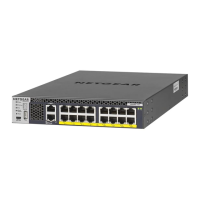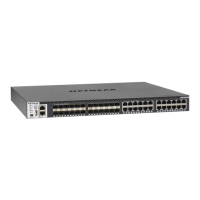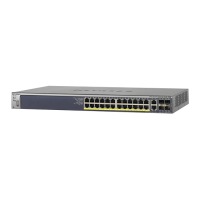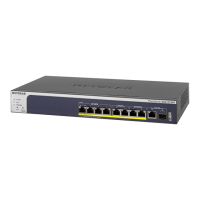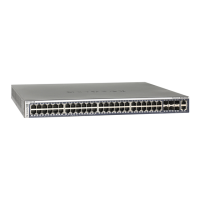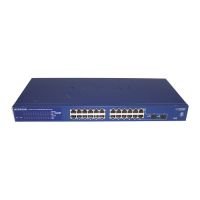Configure Switching Information
204
M4300 Series and M4300-96X Fully Managed Switches User Manual
In networks containing iSCSI initiators and targets, iSCSI helps to monitor iSCSI sessions or
give iSCSI traffic preferential Quality of Service (QoS) treatment. Dynamically-generated
classifier rules are used to direct the iSCSI data traffic to queues that can be given the
desired preference characteristics over other data traveling through the switch. This might
help to avoid session interruptions during times of congestion that would otherwise cause
iSCSI packets to be dropped. However, in systems where a large proportion of traffic is
iSCSI, it might also interfere with other network control-plane traffic, such as ARP or LACP.
The preferential treatment of iSCSI traffic must be balanced against the needs of other critical
data in the network.
You can view and manage iSCSI Optimization settings on the device. iSCSI Optimization
provides a means of giving traf
fic between iSCSI initiator and target systems special Quality
of Service (QoS) treatment.
In addition, if configured, the packets can be updated with IEEE 802.1 or IP-DSCP values.
This is done by enabling Remark. Remarking packets with priority data provides special QoS
treatment as the packets continue through the network.
Configure Global iSCSI Settings
To configure the global iSCSI settings on the switch:
1. Launch a web browser.
2. In the address field of your web browser, enter the IP address of the switch.
The login window opens.
3. Enter the user name and password.
The default admin user name is
admin and the default admin password is blank, that is,
do not enter a password.
4. Click the Login button.
The System Information page displays.
5. Select Switching > iSCSI > Basic > Global Configuration.
6. In the iSCSI Status field, select Enable or Disable.
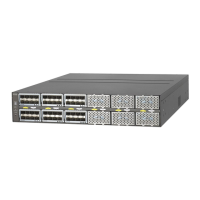
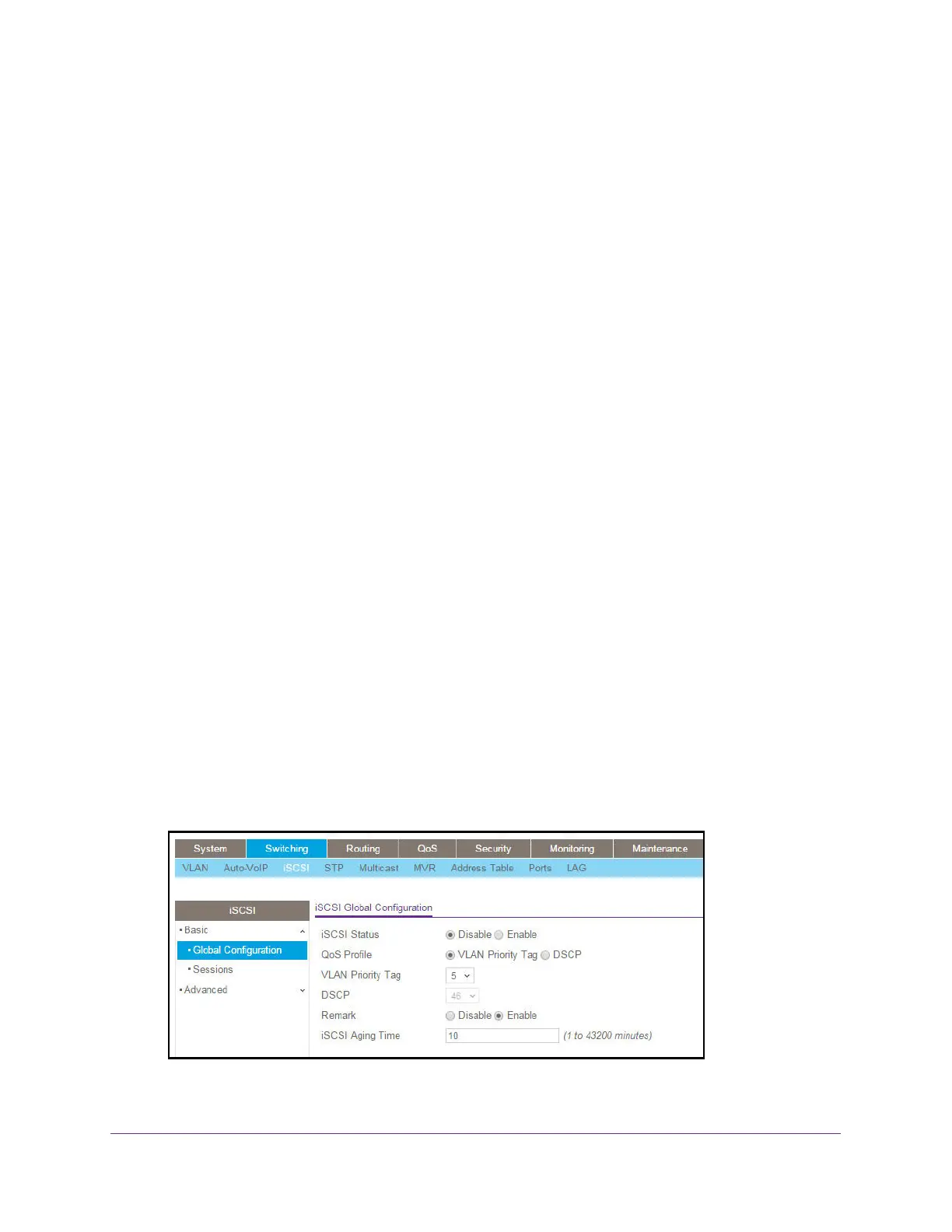